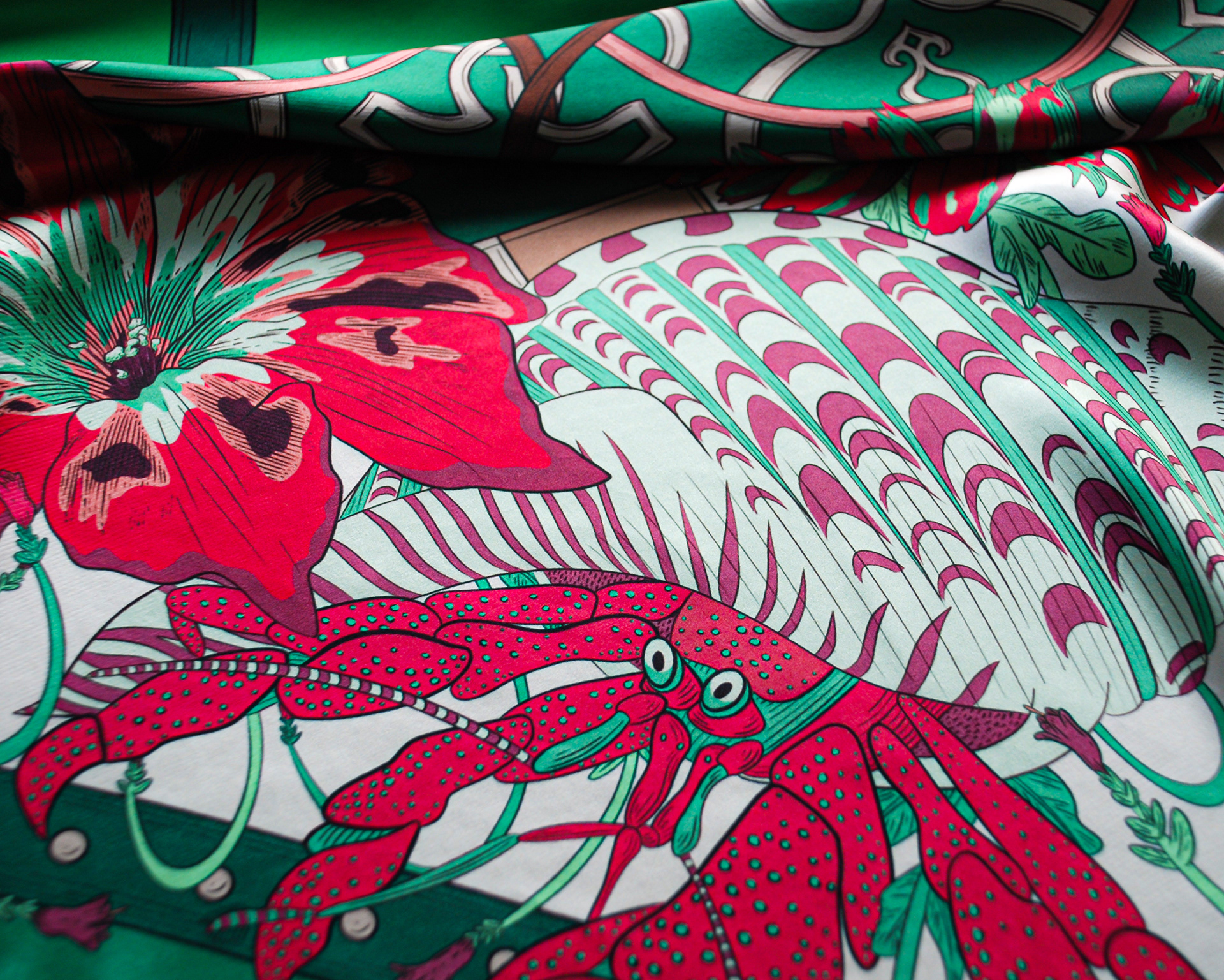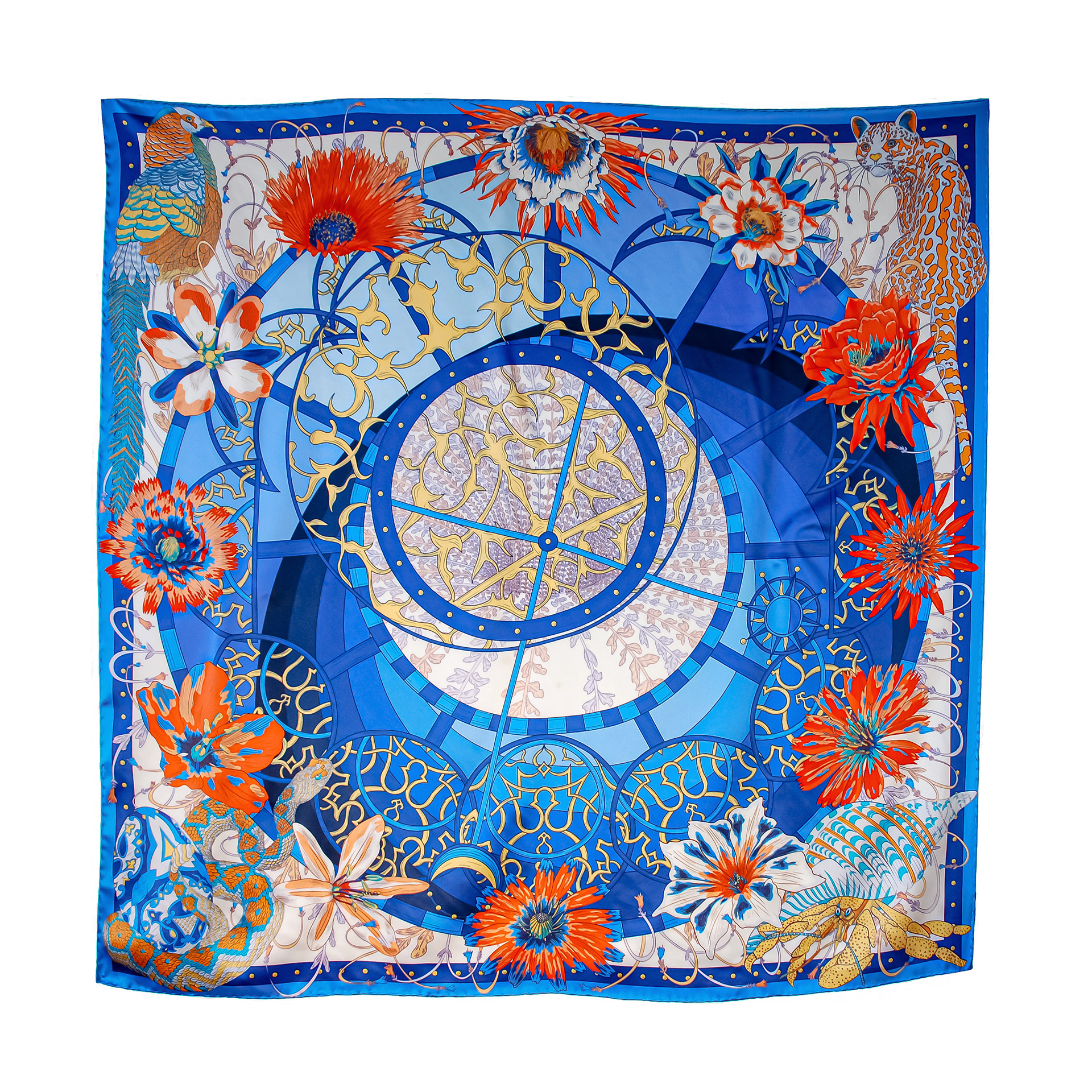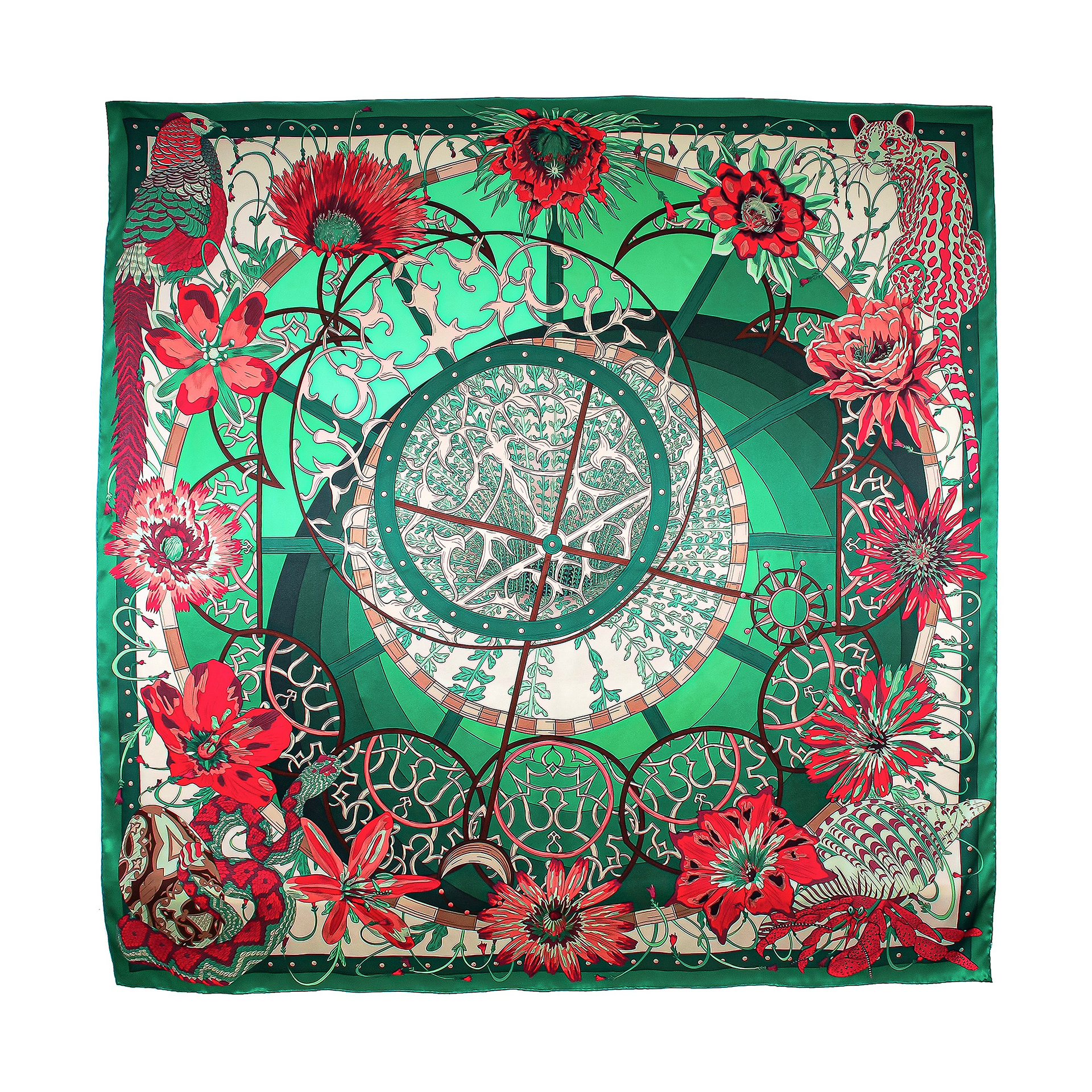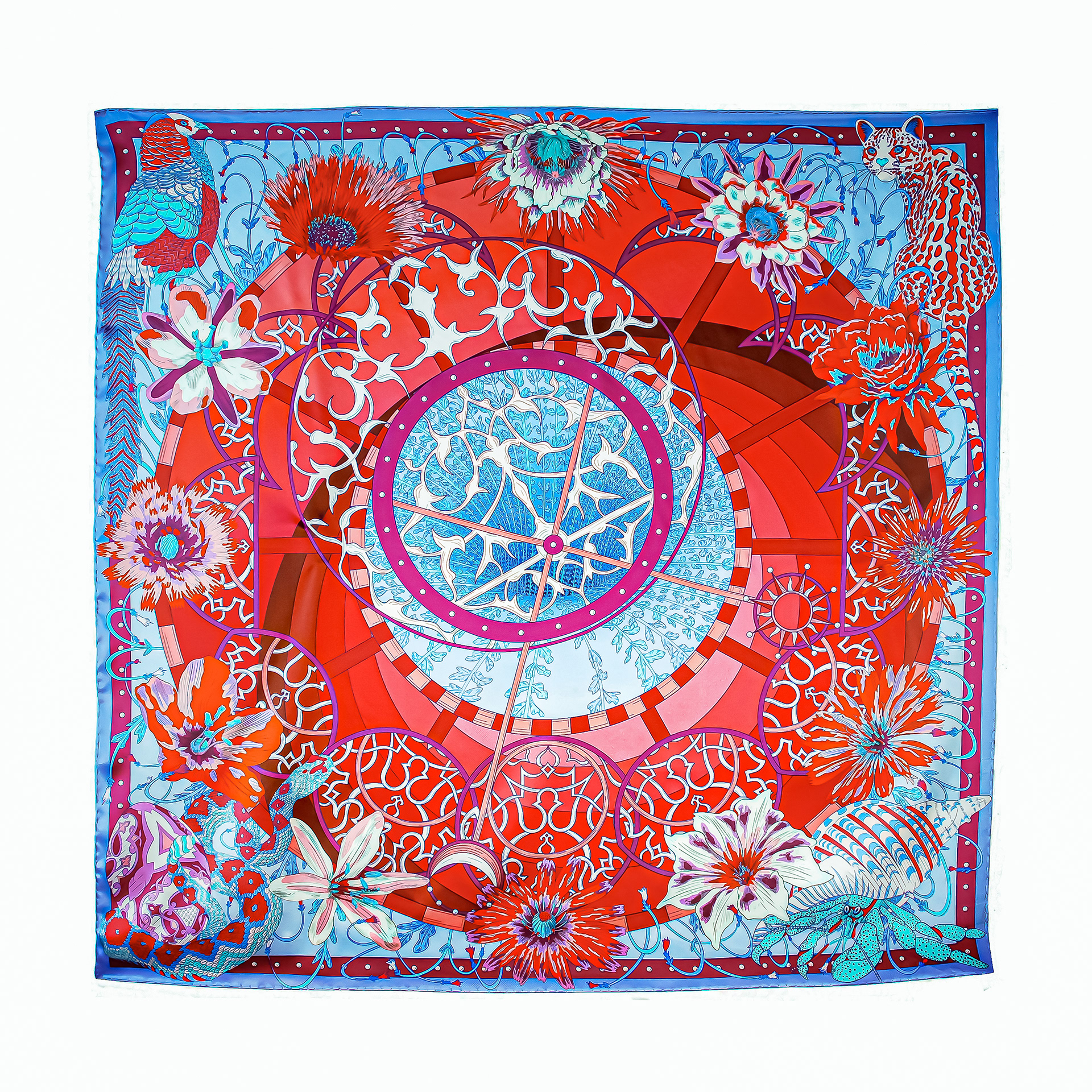Before there were sundials and the Roman clock, our ancestors looked to nature and the moving shadows to keep track of time.
Carl Linnaeus was a pivotal eighteenth-century biologist, best known for devising the taxonomic naming system in which all species are classified under to this day. Like many academics of the time, Linnaeus had a wandering imagination, and for a personal project he devised a plan to plant a garden where new flowers would bloom chronologically with each passing hour.
As he saw it, one could tell the time by simply walking into the flower clock garden, then smelling and seeing which flowers had most recently opened. Sadly, the flower clock never came to fruition, and given limited access to global horticulture at the time, there were flowers missing from his research. Eight of Linnaeus’ original flowers are incorporated into Flowers of Time, with the remaining hours filled in with more recent discoveries of chronobiological flowers.
Carl Linnaeus was a pivotal eighteenth-century biologist, best known for devising the taxonomic naming system in which all species are classified under to this day. Like many academics of the time, Linnaeus had a wandering imagination, and for a personal project he devised a plan to plant a garden where new flowers would bloom chronologically with each passing hour.
As he saw it, one could tell the time by simply walking into the flower clock garden, then smelling and seeing which flowers had most recently opened. Sadly, the flower clock never came to fruition, and given limited access to global horticulture at the time, there were flowers missing from his research. Eight of Linnaeus’ original flowers are incorporated into Flowers of Time, with the remaining hours filled in with more recent discoveries of chronobiological flowers.
Flowers of Time · Sapphire
Flowers of Time · Emerald
Flowers of Time · Ruby






